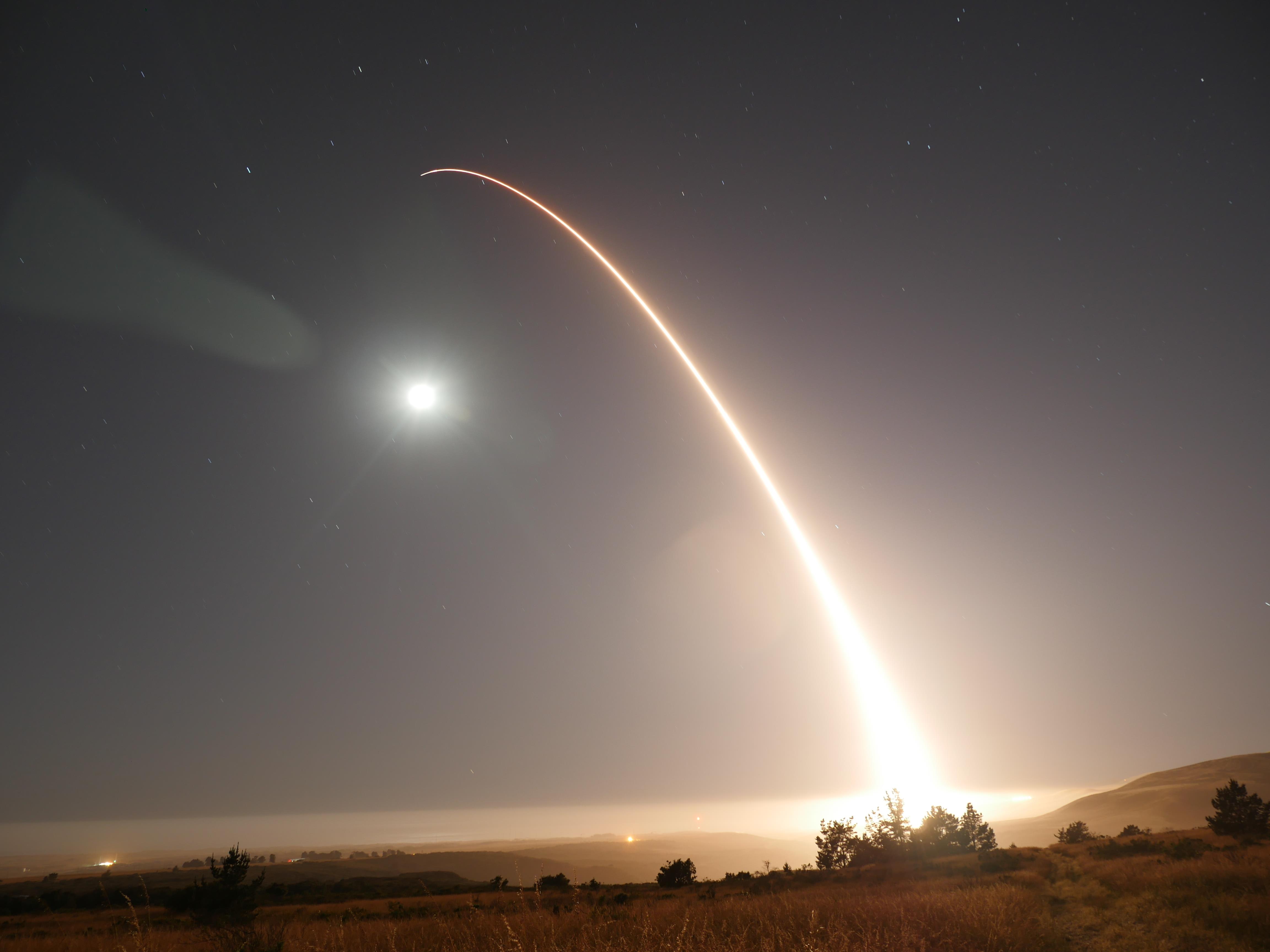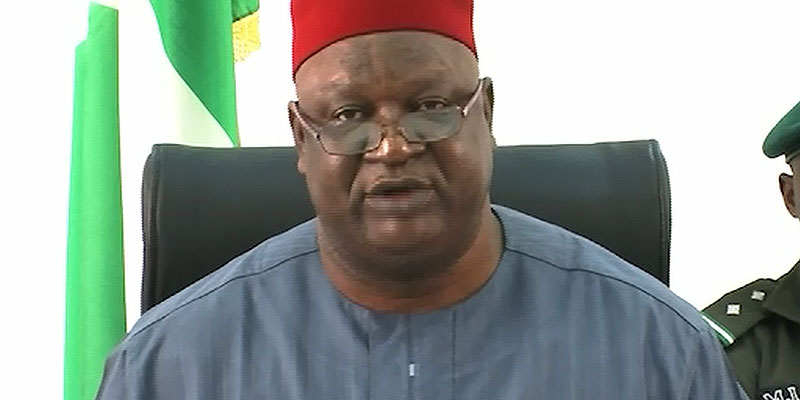By Lisa Ferdinando – DoD News
WASHINGTON — Defense officials outlined the need for consistent congressional support for the critical mission of modernizing and maintaining effective nuclear deterrent systems during testimony on Capitol Hill on Wednesday.
James A. MacStravic, performing the duties of undersecretary of defense for acquisition, technology and logistics, told the Senate Armed Services Committee’s subcommittee on strategic forces that because the systems require modernization at the same time, the Defense Department needs sustained support from Congress to ensure adequate, consistent funding for the programs.
“Delaying modernization and warhead life extension efforts would degrade the effectiveness of these systems and would put at risk the fundamental objective of these systems: nuclear deterrence,” he said.
As the delivery systems and warheads reach their limits for sustainability, the choice is not between keeping or updating the forces, he told the panel.
“Rather, our choice is between modernizing those forces or watching a slow and unacceptable degradation in our ability to deter adversaries who represent existential threats to our nation,” he said.
Nuclear Posture Review
In January, President Donald J. Trump directed the Defense Department to conduct a nuclear posture review to assess the roles of nuclear weapons in national security, the strategy to fulfil those roles and the capability requirements to implement that strategy, MacStravic pointed out.
The president’s fiscal year 2018 budget request demonstrates DoD’s commitment to strengthening and modernizing an aging nuclear triad, he said, referring to the three categories of nuclear delivery vehicles: land, air and sea.
In his written statement, MacStravic said the president’s budget request includes $14 billion for nuclear force sustainment and operations and $5 billion for associated recapitalization programs.
The hearing on DoD’s nuclear acquisition programs and nuclear doctrine also included Robert M. Soofer, deputy assistant secretary of defense for nuclear and missile defense policy; Air Force Gen. Robin Rand, the commander of Air Force Global Strike Command; and Vice Adm. Terry J. Benedict, director of the Navy’s Strategic Systems Programs.
The nuclear posture review directed by the president is expected to be complete by the end of 2017, Soofer told lawmakers. The review will examine all elements of U.S. nuclear forces and posture to ensure the nation’s nuclear deterrent is modern, robust, flexible, resilient, ready, and appropriately tailored to deter 21st-century threats, he said.
Russia, China, North Korea and Emerging Challenges
The critical mission of ensuring an effective nuclear deterrent is the highest priority of DoD, and one it shares with the Department of Energy and Congress, Soofer said.
“Effective deterrence requires a deliberate strategy and forces that are structured and postured to support that strategy within the existing security environment,” he said.
U.S. policy must address changes in the world scene in recent years, Soofer said, listing concerns with Russia, China and North Korea.
“Russia has undertaken aggressive actions against its neighbors and threatened the United States and its allies,” he said. Russia has elevated strategies of nuclear first use, is violating the landmark Intermediate-Range Nuclear Forces Treaty, and is modernizing a large and diverse non-strategic nuclear weapons force, he added.
In the Asia-Pacific region, China’s increased assertiveness suggests a desire to dominate the region, he said.
Meanwhile, Soofer said, North Korea’s leadership has “demonstrated a willingness to accept economic countermeasures and international isolation in order to advance its nuclear capability and develop ballistic missiles able to strike the U.S. homeland, as well our allies in the region.”
In addition, he said, new threats are emerging from non-nuclear strategic capabilities, most of which are not constrained by treaties or agreements. “Technological advancements mean that proliferators might seek weapons of mass destruction development paths that are different from the ones we are accustomed to detecting and countering,” he told the panel.






